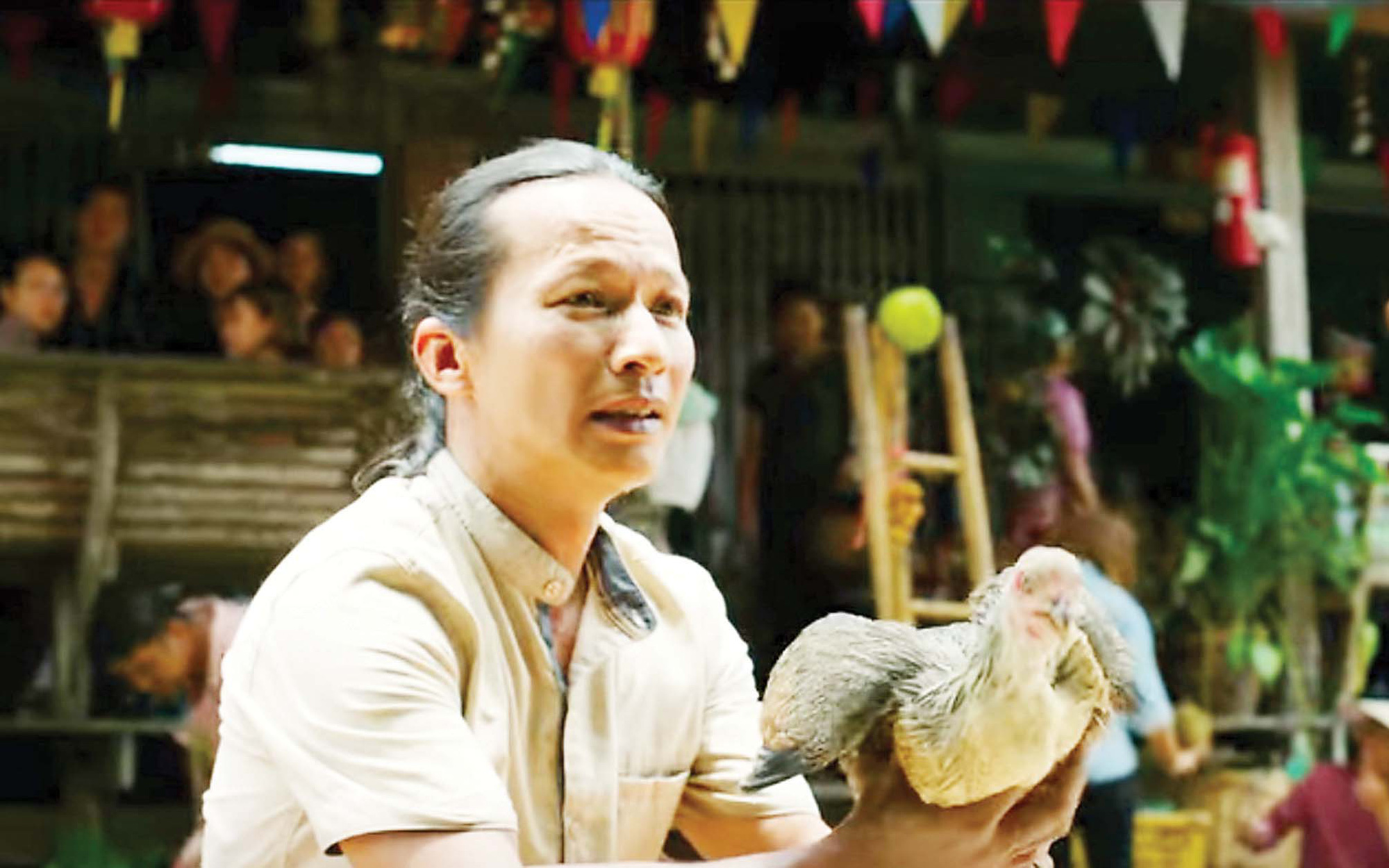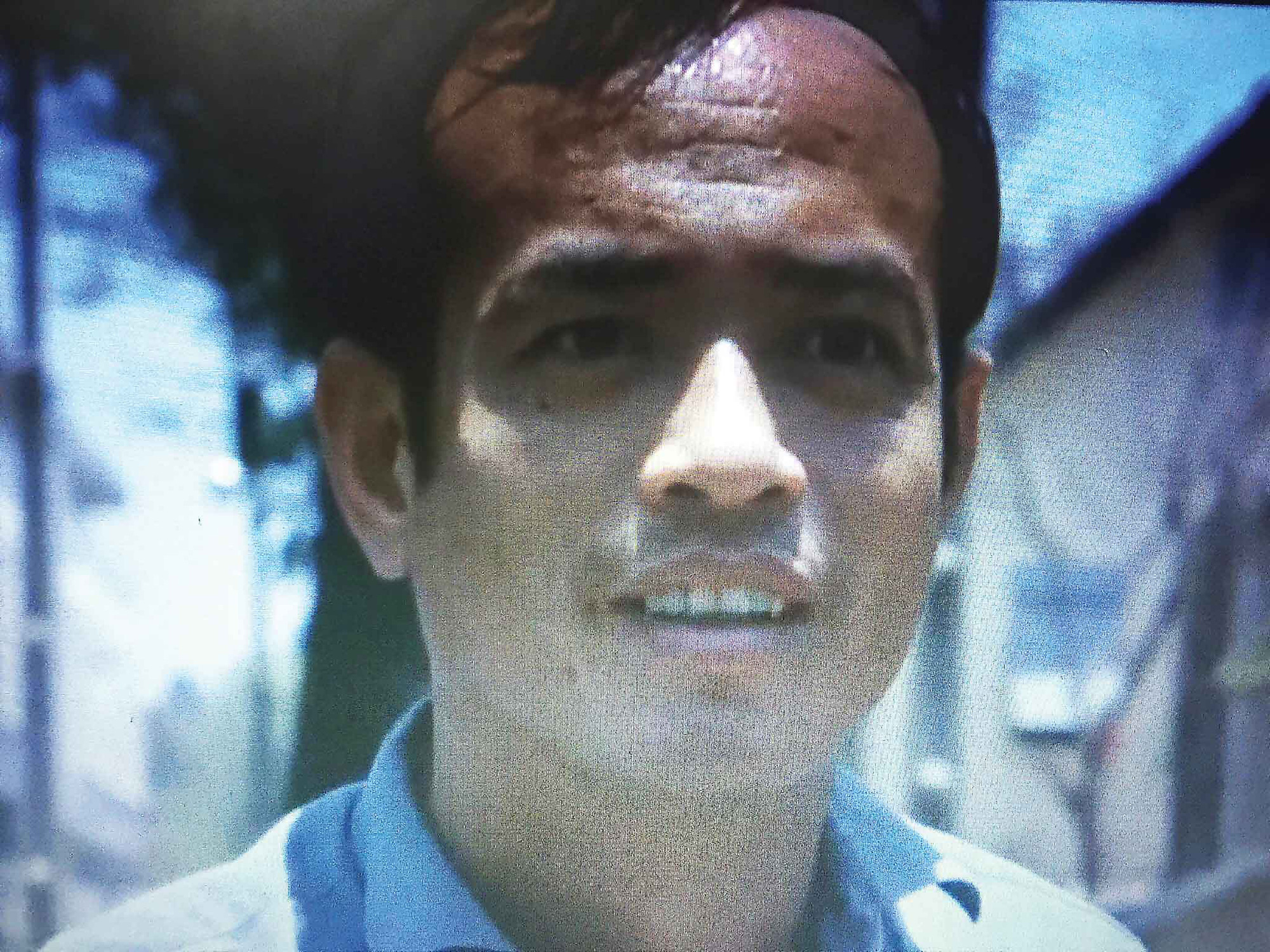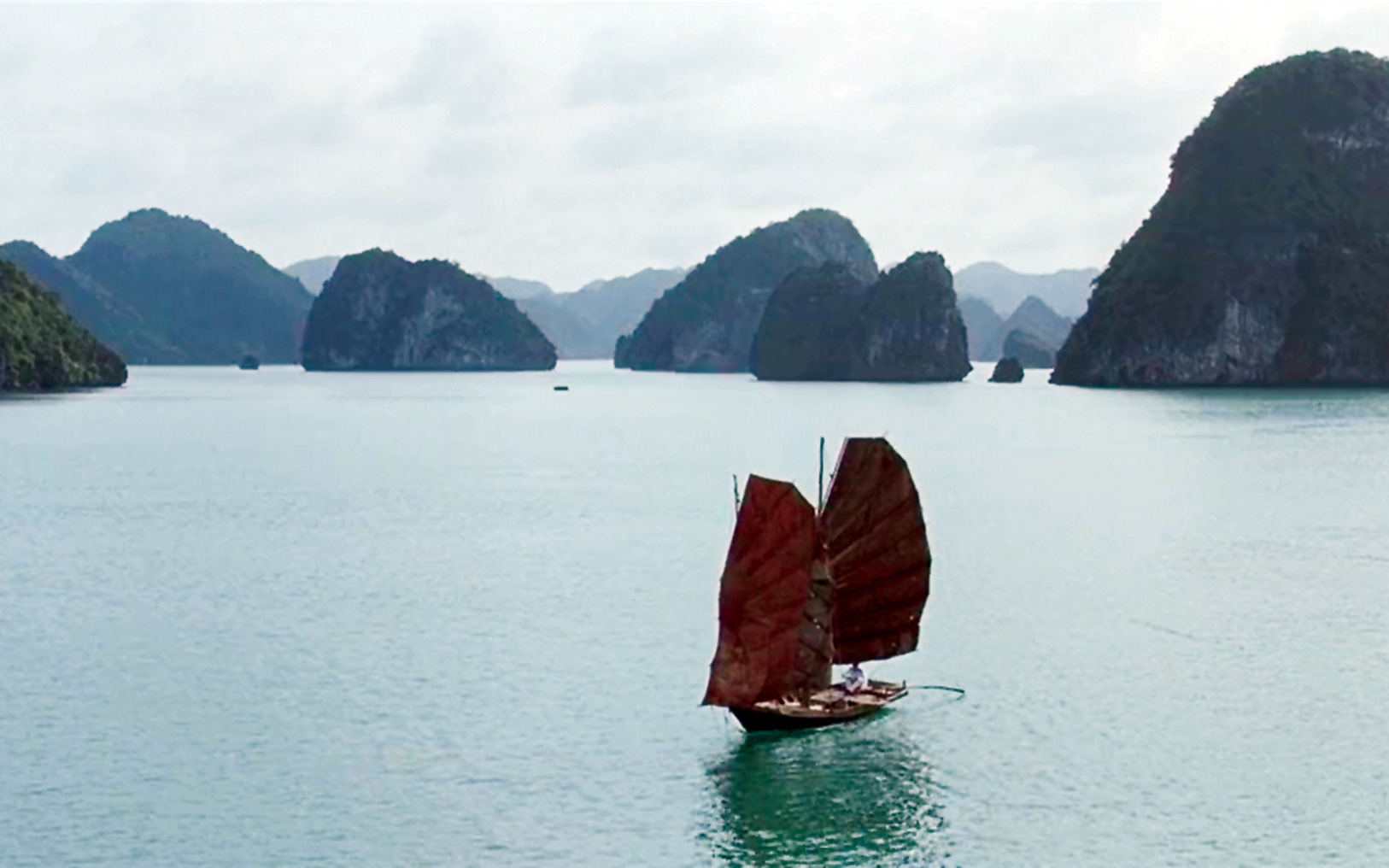Editor's note: Le Hong Lam is a journalist, film critic, and author based in Ho Chi Minh City, Vietnam.
In this op-ed originally written in Vietnamese and published in the June 21, 2020 issue of the Tuoi Tre (Youth) daily, Lam addressed the issue of Vietnamese representation in Vietnam-themed films by Western directors, exploring how Vietnamese are often, in his words, "identity-less" in these movies.
His comments have been translated and edited by Tuoi Tre News for clarity, consistency, and coherence.
The long-standing tradition of warped, misinformed representations of Vietnam by foreign filmmakers is present yet again in Spike Lee’s latest Hollywood feature Da 5 Bloods, which leads us to one question: what gave rise to this distorted view of Vietnam?
The answer was never as straightforward as “Foreign directors don’t understand Vietnam.”
Nguyen Thanh Viet, author of the Pulitzer-winning novel The Sympathizer, posted a lengthy write-up on the Lee's movie on his Facebook page.
“Basically, for American movies of the [American war in Vietnam], it doesn't matter whether the American is the hero or antihero as long as the American is the center. Better to be a villain or antihero than virtuous extra (that's for the Vietnamese, Cambodians, Laotians, and Hmong),” Viet says in a series of posts.
“Americans would rather talk about killing each other than admit that the Vietnamese were killing them."
Viet claims to be “an admirer of many of Lee’s movies,” but he could not sit through Da 5 Bloods, besides the “classic Spike Lee” opening montage, because it was “a mess.”
Americans being the center in movies about wartime Vietnam
Da 5 Bloods does not try to conceal its clichéd use of imagery: it is crammed with stereotypes and a 'single story' mentality – a style that has been heavily employed by foreign filmmakers to describe Vietnam in their pictures.
These stereotypes can be seen throughout the movie, from the scornful amputated kid in a bar named Apocalypse Now, the clique of Vietnamese veterans leering at the African-American ex-GIs, to the float market vendor who turned agitated and hurled vengeful rebukes when the Americans refuse to buy from him.
Lee also presents the tropes of female Vietnamese prostitutes and mixed-race children struggling in post-war realities. While these stories do exist in real life, they have also been overused in war-themed movies about Vietnam from foreign directors.
With Da 5 Bloods, Lee attempted to put his touch on the well-trodden territory of movies about the war in Vietnam by telling the story from the perspective of black soldiers, a demographic that rarely made it to the spotlight of the genre.
Yet, Lee’s conception of Vietnam and Vietnamese people remains at least 20-30 years behind contemporary material.
The director is not an isolated case of Vietnamese misrepresentation, but he is now a part of a long-standing tradition where skewed viewpoints depict an “identity-less” style of characterization for Vietnamese characters, one perpetuated by even the grandest of directors and their silver screen spectacles, rendering Vietnamese bystanders in their own country.
In the late 1970s to early 1980s and even the 1990s, the U.S.-Vietnam war as a topic was blasted on heavy rotation in the sphere of filmmaking, being the running theme among many Oscar-nominated flicks, other A-list movies, and festival winners.
This stands as a manifestation of the collective trauma caused by a haunting war that dragged on for two decades, one that Americans were, and are, trying to do away with.
These movies exclusively show the American view and the experience of American soldiers – examples being Oliver Stone’s Platoon and Born on the Fourth of July, Hal Ashby’s Coming Home, Michael Cimino’s The Deer Hunter, F. Ford Coppola’s Apocalypse Now, Stanley Kubrick’s Full Metal Jacket, and John Irvin’s Hamburger Hill.
Vietnamese characters show up in these movies without an identity, devoid of a perceivable fate, or, in other cases, portrayed as an integral part of a poverty-ridden nation much like the landscape or other set pieces.
These issues of biased perspective and unjust attitude have been extensively addressed in Nguyen Thanh Viet’s quintessential novel The Sympathizer.
Despite not being painted as savage, amoral or devoid of identity, Vietnamese representation in Da 5 Bloods is still susceptible to American clichés and biases.
The outlandish stories of Vietnam told by foreign directors
Beyond the American realm, war and post-war issues in Vietnam are also the concerns of directors from many other cinema industries.
Although the outsider perspective still came off prominently, these movies have attempted to shed light on the condition of Vietnam during and after the war.
Still, those attempts are one from the outsiders, and to say that they got it right would be a reach.
In 1970, French auteur Raoul Coutard went to Saigon to shoot his movie Hoa-Binh, alternatively entitled The Bamboo Incident in the U.S. market.
This is the first feature film directed by Coutard, an already-established cinematographer who was involved in the works of Jean-Luc Godard – a pioneering figure of the French New Wave movement, whose filmography includes French classics such as Le Mépris (1963), Pierrot le Fou (1965), and Week-end (1967).
Hoa-Binh flaunts a new humanitarian view of the war in its climactic days. The movie stays non-partisan to explore the life of children during the war. It opens with a monologue of a child: “Dad, what does ‘peace’ mean?”
The movie is set during a phase of turmoil that ravaged Vietnam for over 30 years. The question shows up again at the end of the movie when the father – played by star actor Le Quynh – enters the war, but his wife falls ill and dies, leaving their adolescent child all alone and shunned by their relatives. The poor boy has to scrape along on the street to survive and take care of his little sister, all in the thick of the war.
The film may remind viewers of the animated masterpiece Grave of the Fireflies from Japanese director Isao Takahata.
Hoa-Binh was in competition at the prestigious Palme d'Or and won the Best First Work category at the 1970 Cannes Film Festival, then went on to win an Oscar for Best International Feature Film in 1971.
In spite of its progressive and humanistic approach, the movie still viewed Vietnam through the lens of a foreigner and thus suffered from that bias.
The actors, though being Vietnamese, speak French and act in an overtly naive manner – apart from the solid performance from acting veteran Le Quynh.
The writing also reveals the director’s lack of information on his subject matter, with one scene sticking out as a prime example: upon hearing a loud noise from outside, the young boy asks, “Mom, is that a cyclone?” His mother replies, “There are no cyclones in Vietnam, it’s just the sound of helicopters.” (Vietnam is hit by around a dozen cyclones every year.)
|
|
| Star actor Le Quynh as captured in this screenshot of Raoul Coutard’s 'Hoa-Binh' (1970) |
Famed Hong Kong director Ann Hui also created a cinematic trilogy on the fate of the Vietnamese people after the war, starring top-billed actors of the Hong Kong movie industry: Chow Yun Fat, Andy Lau, and Cherie Chung.
The trilogy was shot entirely outside of Vietnam and the cast spoke Cantonese while playing Vietnamese characters.
The nuanced approach of this trilogy never made up for its alien vantage point, which barely touched on the actual fate of post-war Vietnamese individuals.
In the 1990s, French cinema contributed two more movies to the U.S.-Vietnam war movie archive: Régis Wargnier’s Indochine and Jean-Jacques Annaud’s L'Amant, both of which were well received by international audiences and helped bring tourism to Vietnam in the wake of its ‘Mo Cua’ (open-door) policy.
Yet again, these two films only furthered the individualistic narrative of the French colonizer in Vietnam and Indochina. Vietnamese landscapes were beautifully portrayed but served as no more than the background for the Frenchman’s exotic stories.
|
|
| Ha Long Bay as captured in Régis Wargnier’s 'Indochine' (1992) |
(To be continued)
Like us on Facebook or follow us on Twitter to get the latest news about Vietnam!






















































